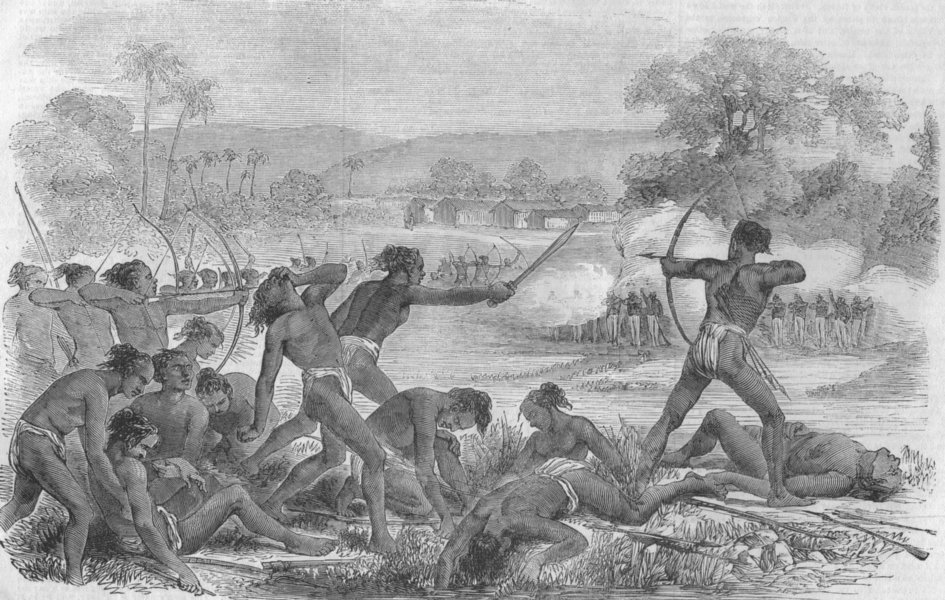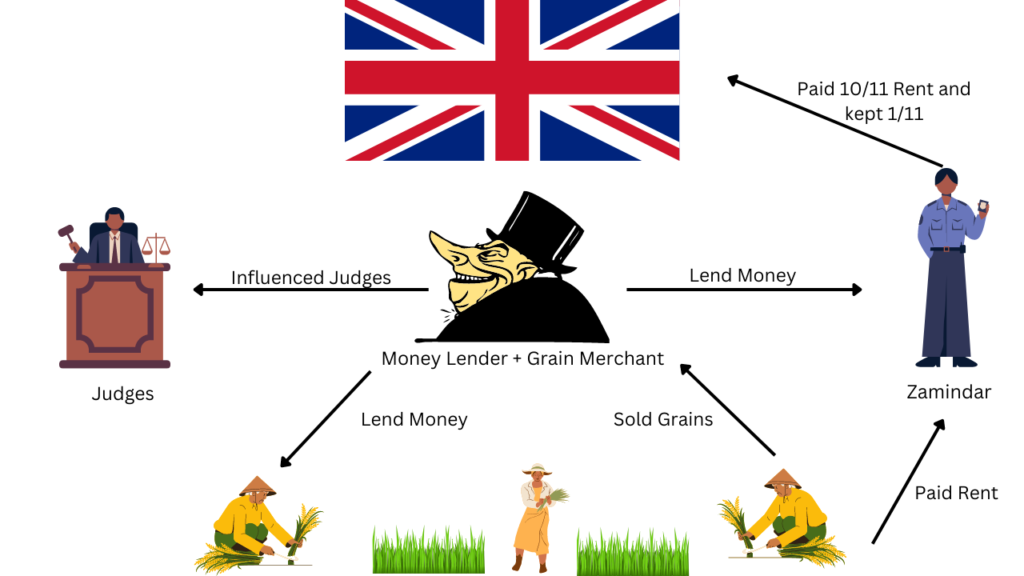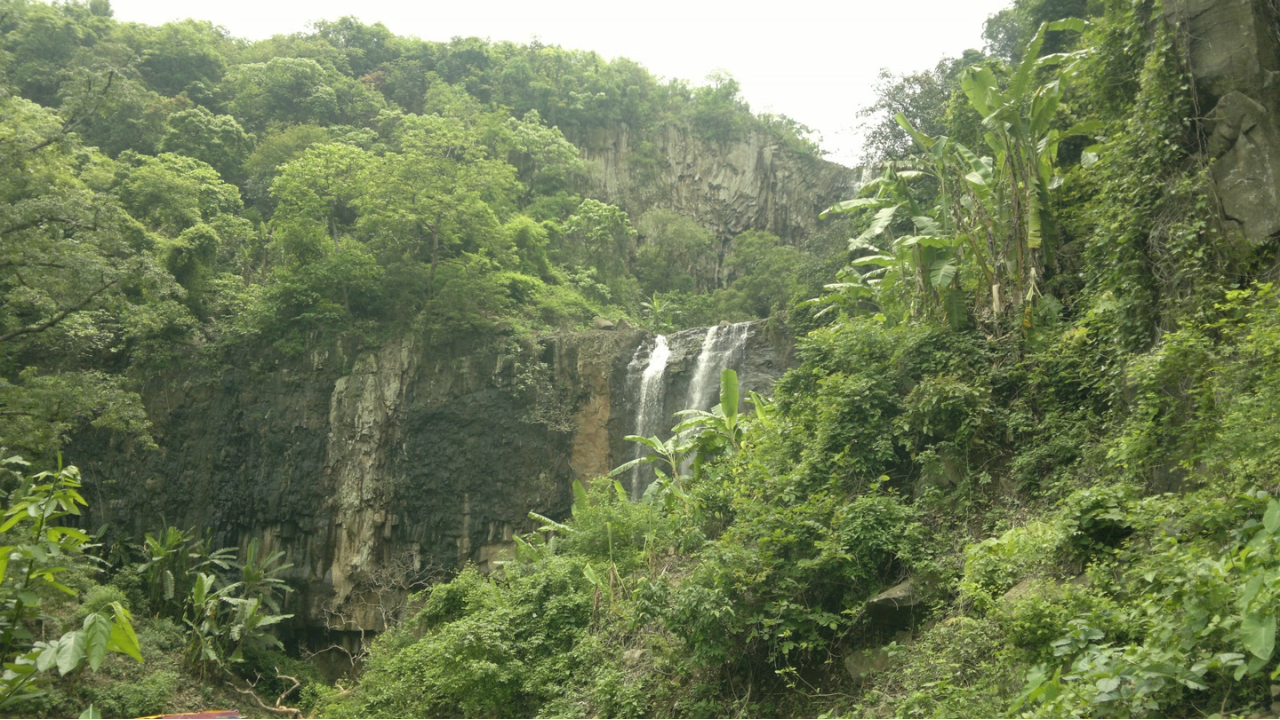Dikus is the term used by the Tribes against people who came from outside of their tribe. The word translates to “Outsiders“. Santhals are the largest tribal group in India today, they reside in the states of Bihar, Jharkhand, Orissa, and West Bengal. Like other tribal cultures in the world, the Santhals lived in harmony with nature and practiced shifting agriculture. The situation changes after the Battle of Plassey in 1757.
Table of Contents

How were Santhals forced to take action to reclaim their territory?
The Santhals who were once the owner of the land became landless with the advent of the Zamindari System introduced by the “DIKUS”, Britishers. The local landlords occupied the Santhal lands and exploited them. The barter system was common within the community. With the introduction of money, a new entity got a chance to double on their investment, this was the Moneylenders. A huge pile of debt along with landlessness became a common characteristic of the Santhals.
Santhal Rebellion
The following paragraph pertaining to the Santhal rebellion has been taken as it is from India’s struggle for Independence (Satish Chandra) because it sums up the entire story in a holistic manner with the instances, data, and quotations. By reading these few paragraphs one can understand the narrative behind the rebellion with much more clarity and will be in a position to summarize an answer for the UPSC Mains exam.
Among the numerous tribal revolts, the Santhal hool or uprising was the most massive. The Santhals, who live in the area between Bhagalpur and Rajmahal, known as Daman-i-koh, rose in revolt; made a determined attempt to expel the outsiders — the Dikus — and proclaimed the complete ‘annihilation’ of the alien regime. The social conditions which drove them to insurrection were described by a contemporary in the Calcutta Review as follows:

‘Zamindars, the police, the revenue, and court alas have exercised a combined system of extortions, oppressive exactions, forcible dispossession of property, abuse, and personal violence, and a variety of petty tyrannies upon the timid and yielding Santhals. Usurious interest on loans of money ranging from 50 to 500 percent; false measures at the haul and the market; wilful and uncharitable trespass by the rich by means of their untethered cattle, tattoos, ponies, and even elephants, on the growing crops of the poorer race; and, such like illegalities have been prevalent.’
Perception about DIKUS
The Santhals considered the Dikus and government servants morally corrupt being given to beggary, stealing, lying, and drunkenness. By 1854, the tribal heads, the Majhis, and Parganites had begun to meet and discuss the possibility of revolting. Stray cases of the robbing of zamindars and moneylenders began to occur. The tribal leaders called an assembly of nearly 6000 Santhals, representing 400 villages, at Bhaganidihi on 30 June 1855. It was decided to raise the banner of revolt, get rid of the outsiders and their colonial masters once and for all, the usher in Salyug, ‘The Reign of Truth,’ and ‘True Justice.’
The Santhals believed that their actions had the blessings of God. Sido and Kanhu, the principal rebel leaders, claimed that Thakur (God) had communicated with them and told them to take up arms and fight for independence. Sido told the authorities in a proclamation: ‘The Thacoor has ordered me saying that the country is not Sahibs . . . The Thacoor himself will fight. Therefore, you Sahibs and Soldiers (will) fight the Thacoor himself.’ The leaders mobilized the Santhal men and women by organizing huge processions through the villages accompanied by drummers and other musicians.

The Fight
The leaders rode on horses and elephants and in palkis. Soon nearly 60,000 Santhals had been mobilized. Forming bands of 1,500 to 2,000, but rallying in many thousands at the call of drums on particular occasions, they attacked the Mahajans and Zamindars and their houses, police stations, railway construction sites, the dak (post) carriers — in fact all the symbols of exploitation and colonial power.
The Santhal insurrection was helped by a large number of non-tribal and poor Dikus. Gwalas (milkmen) and others helped the rebels with provisions and services; lohars (blacksmiths) accompanied the rebel bands, keeping their weapons in good shape. Once the Government realized the scale of the rebellion, it organized a major military campaign against the rebels. It mobilized tens of regiments under the command of a major general, declared Martial Law in the affected areas, and offered rewards of up to Rs. 10,000 for the capture of various leaders.
Crushing the Rebels
The rebellion was crushed ruthlessly. More than 15,000 Santhals were killed while tens of villages were destroyed. Sido was betrayed and captured and killed in August 1855 while Kanhu was arrested by accident at the tail-end of the rebellion in February 1866. And ‘the Rajmahal Hills were drenched with the blood of the fighting Santhal peasantry.’
One typical instance of the heroism of Santhal rebels has been narrated by L.S.S. O’Malley: ‘They showed the most reckless courage never knowing when they were beaten and refusing to surrender. On one occasion, forty- five Santhals took refuge in a mud hut that they held against the Sepoys. Volley after volley was fired into it… Each time the Santhals replied with a discharge of arrows. At last, when their fire ceased, the Sepoys entered the hut and found only one old man was left alive. A Sepoy called on him to surrender, whereupon the old man rushed upon him and cut him down with his battle axe.”



